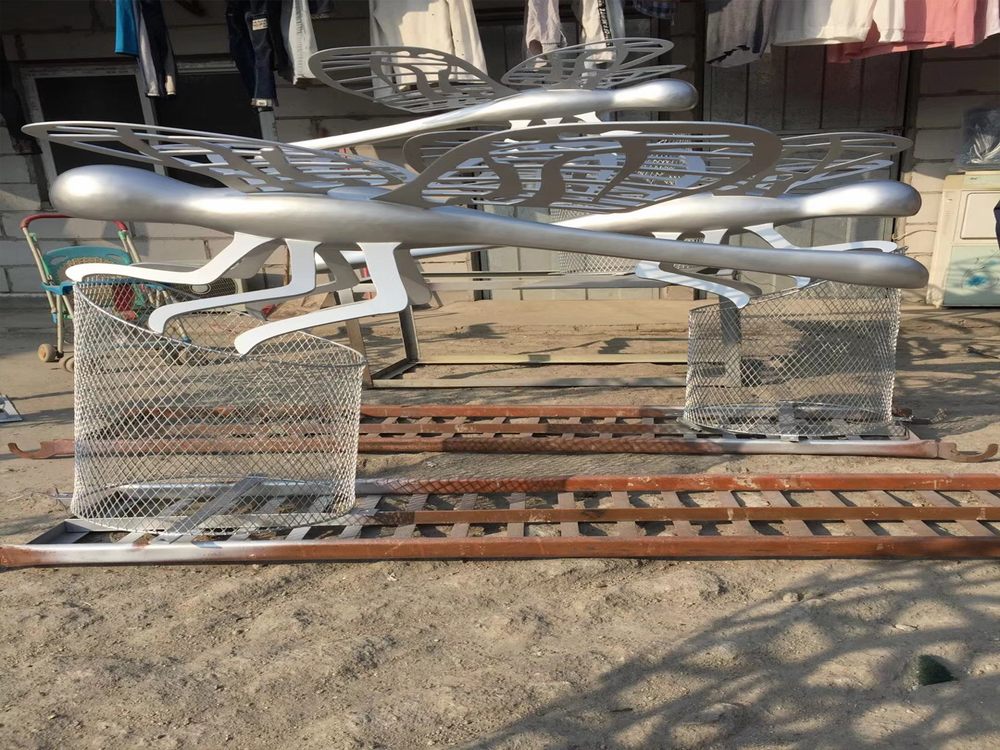
Creating the illusion of depth in flat stone reliefs is a fascinating artistic challenge that relies on a combination of techniques to trick the eye. Artists achieve this effect primarily through careful manipulation of perspective, shading, and layering.
One of the most fundamental methods is varying the depth of carving. By cutting deeper into the stone for foreground elements and leaving higher ridges for background details, sculptors create a sense of spatial relationships. This technique, known as bas-relief, allows figures to appear to recede into the stone surface.
Shading plays a crucial role as well. Artists use subtle gradations in the angle of carved surfaces to mimic how light would naturally fall on three-dimensional objects. The strategic placement of shadows and highlights enhances the perception of volume and distance.
Perspective techniques borrowed from painting are also employed. Foreshortening of figures and converging lines give the impression that elements are positioned at different distances from the viewer. Overlapping forms further reinforce this spatial illusion, with nearer objects partially obscuring those meant to appear farther away.
Texture variation adds another layer of depth perception. Smoother surfaces tend to appear more distant, while heavily textured areas come forward visually. This contrast helps establish spatial relationships within the compressed space of the relief.
The mastery of these techniques allows stone relief artists to transform flat surfaces into dynamic scenes with remarkable depth, telling stories and capturing moments with astonishing realism despite the physical limitations of their medium.

